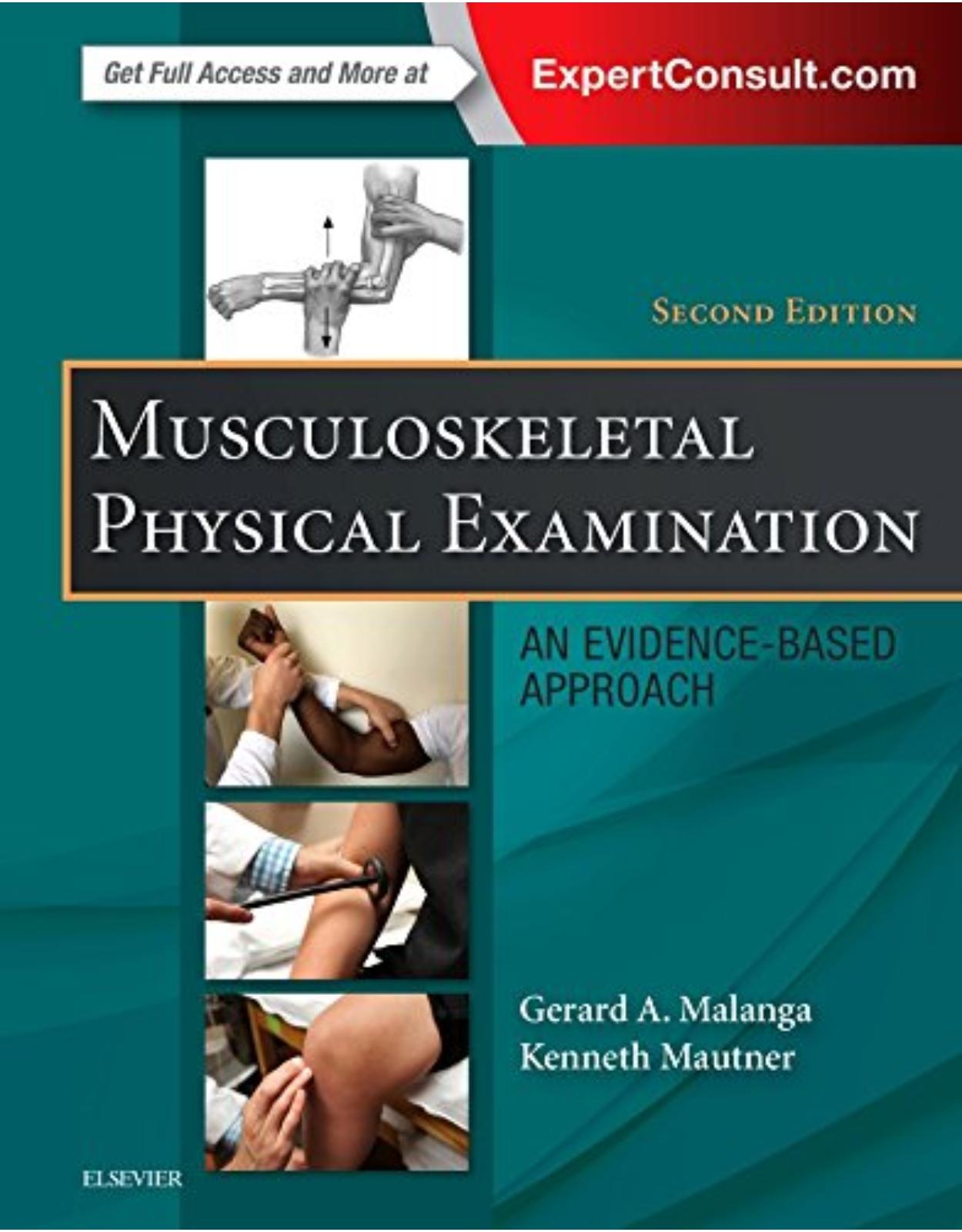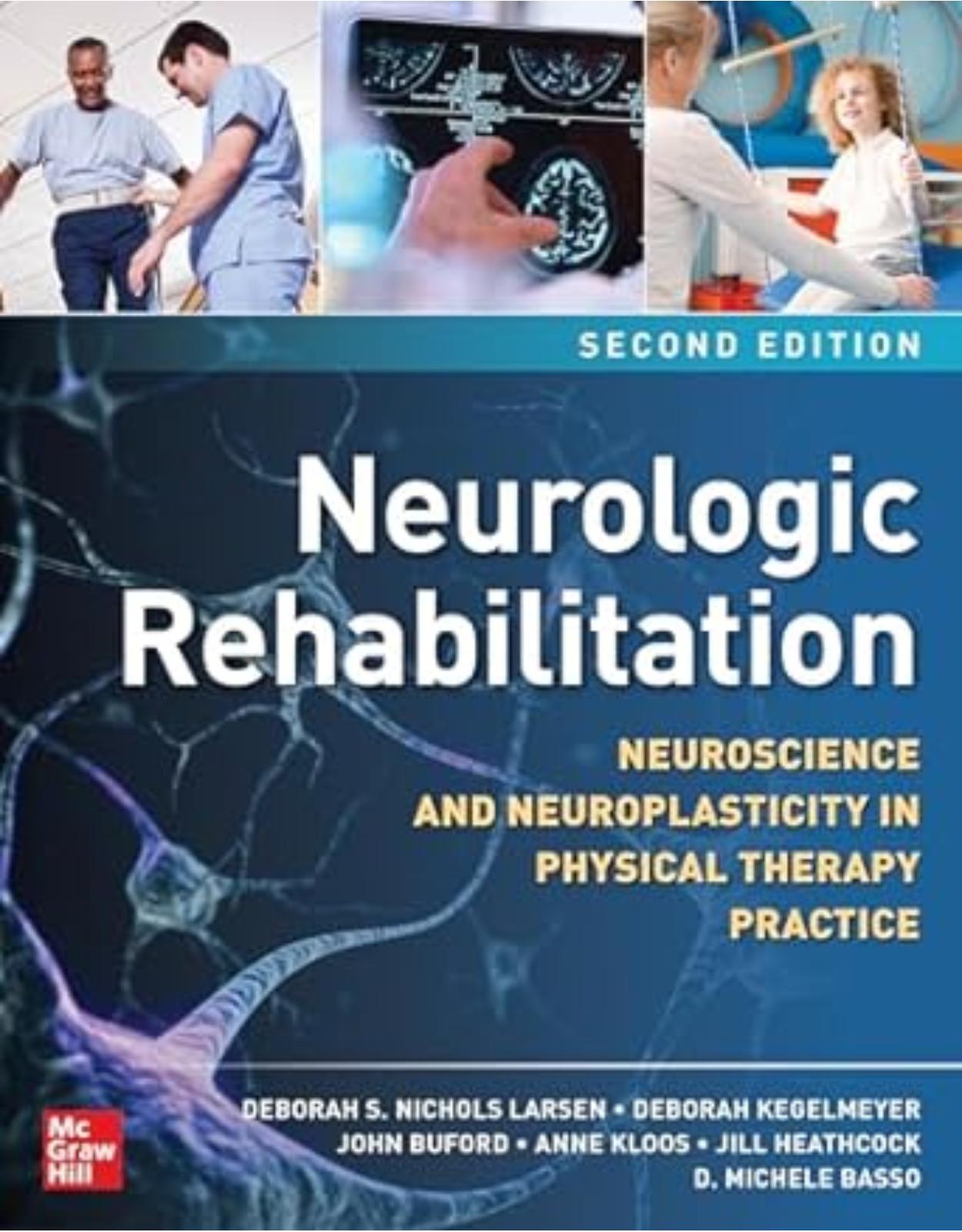
ACSM's Resources for the Group Exercise Instructor
Livrare gratis la comenzi peste 500 RON. Pentru celelalte comenzi livrarea este 20 RON.
Disponibilitate: La comanda in aproximativ 4 saptamani
Editura: LWW
Limba: Engleza
Nr. pagini: 288
Coperta: Paperback
Dimensiuni: 27.8 x 1.8 x 21.5 cm
An aparitie: 01/09/2022
Description:
ACSM’s Resources for the Group Exercise Instructor, 2nd Edition, equips fitness professionals with the knowledge and the skills needed to effectively lead group exercise in gyms, studios, recreational facilities, and clubs. An essential resource for undergraduate exercise science programs, students in pre-professional programs, and those independently prepping for the ACSM-GEI certification, this engaging, accessible text reflects the authoritative expertise of the American College of Sports Medicine (ACSM) and delivers complete preparation for becoming an ACSM Certified Group Exercise Instructor. The extensively revised and reorganized 2nd Edition streamlines learning and aligns content to the domains of the ACSM Certified Group Exercise Instructor Exam, boosting exam confidence and delivering step-by-step guidance to ensure success in professional practice.
Table of Contents:
PART I: Introduction to Group Exercise
1 Profile of a Group Exercise Instructor: Education, Credentials, and Opportunities
What Is a Group Exercise Instructor?
Expectations of the Group Exercise Instructor — Do You Have What It Takes?
Types of Working Environments for Group Exercise Instructors
Common Categories of Employment for the GEI
Scope of Practice
The Job Market for Group Exercise Instructors
Employment Change
Are You a Specialist or a Generalist?
ACSM’s Role and the Educational Continuum
Identification of a Core Body of Knowledge
What Kind of Training Do GEIs Need?
Continuing Education
Leadership
Getting Started
The GEI Interview/Audition: What to Expect
The Group Audition
The Individual Audition
Observation Audition
Video and/or Streaming Service Auditions
No Audition
Interview Preparation/Conduct Research
Dress for Success
How Will the Candidate Be Evaluated?
Summary
2 Basic Exercise Physiology and Applied Kinesiology for the Group Exercise Instructor
Cardiovascular System
The Heart
Tissue Coverings and Layers of the Heart
Chambers, Valves, and Blood Flow
The Blood Vessels
Cardiac Function
Measuring Pulses
Acute Response to Cardiovascular Exercise
Respiratory System
Control of Breathing
Distribution of Ventilation
Ventilatory Pump
Energy Systems
Aerobic and Anaerobic Metabolism
Adenosine Triphosphate
Creatine Phosphate
Anaerobic Glycolysis
Recovery From Exercise
Muscular System
Skeletal Muscles (Macro to Micro)
Muscle Contraction (Cross-Bridges)
Muscle Contraction and Training
Muscle Fiber Types
Neuromuscular Activation
Motor Unit Activation
Skeletal System
Structure and Function of Joints in Movement
Neurological System
Central Nervous System
Peripheral Nervous System
Autonomic Nervous System
Exercise System Adaptations: Strength, Cardiovascular Function, Flexibility
Resistance Training
Chronic Adaptations to Cardiovascular Exercise
Flexibility
Basic Functional Anatomy and Anatomical Principles
Anatomical Position
Planes of Motion and Axes of Rotation
Joint Motion Terminology
Basic Biomechanical Principles
Types of Motion
Center of Mass
The Effect of Forces on Motion
Stability and Balance
Practical Implications for the Group Exercise Instructor
Skeletal System
Histology of Bone
Structure of Bone
Adaptability of Bone
Practical Implications for the Group Exercise Instructor
Articular System
Classification of Joints
Joint Movements
Joint Stability
Practical Implications for the Group Exercise Instructor
Muscular System
How Muscles Produce Movement
Factors Affecting Muscular Tension
Practical Implications for the Group Exercise Instructor
Muscles of the Upper and Lower Extremities
Muscles of the Upper Extremity
Shoulder Joint
Elbow Joint
Muscles of the Lower Extremity
Training for the “Core”
Practical Implications for the Group Exercise Instructor
Verbal Cues for Teaching Exercises
Common Injuries
Common Acute Injuries of Group Exercise Instructors
Common Overuse Injuries of Group Exercise Instructors
Practical Implications for the Group Exercise Instructor
Summary
PART II: Class Design
3 Getting Started: Questions to Ask
Who Are Your Participants?
When Is a Good Time to Screen? General Participant Screening
The Screening Process
ACSM Preparticipation Screening Algorithm
Self-guided Screening Tools
Quick Screen
Why This Format (What Is the Goal/Purpose and Objective of the Class)?
What Choreography/Exercises Will You Use?
What Type of Space Will You Use?
Types of Different Environments for Group Exercise
What Equipment Is Available?
Land-Based
Water-Based
Equipment-Based
How Will Music Be Used?
What Teaching and Learning Styles Will Be Utilized?
How Will You Get Them to Return?
Summary
4 Group Exercise Class Formats and Exercise Selection
Introduction
Group Exercise Formats
Land-Based
Water-Based
Equipment-Based
Training Emphasis Based on Class Goals: Cardiovascular, Muscular, Flexibility, Neuromotor
Cardiovascular Endurance Goal: How Hard? How Fast? How Long?
Muscular Endurance Goal
Flexibility Goal
Neuromotor/Functional Goal
Combined Conditioning
Interval Training
Circuit Training
Dance Fitness Classes
Zumba
Barre
Specialty Classes
Yoga
Pilates
Summary
5 Exercise Intensity and Modifications
Monitoring Methods and Limitations
Field Methods to Monitor Intensity
The Importance of Monitoring Intensity
Impact of Environmental Conditions on Cardiovascular Response
Assessing Readiness for Exercise
The Physical Activity Readiness Questionnaire for Everyone
How to Challenge Participants of All Levels
Types of Modifications
Planning Movement Modifications and Variations
Summary
6 The Role of Music and Choreography
Introduction
Class Format Overview and Elements
Cardio Classes: Choreographed
Cardio Classes: Nonchoreographed
Strength Classes
Equipment and Exercise Choices
Combination Cardio and Strength
Benefits of Music in Class Design
Music and Exercise: Incidental Role
Music and Exercise: Prominent Role
Music Research Implications
Tempo: Counting Counts
Music Count Organization
Differentiating the Beat and the Count
32-Count Structure
Using 32-Count Music
Working on the Music Phrase
We’ve Got the Beat
Summary
7 Virtual Group Exercise Classes
Introduction
Necessity of Live Stream Classes
Preclass Production
Technology and Setup
Technology Platforms
Live Stream on Social Media Platforms
On-Demand Video Library
Setup and Accessories
Space
Lighting
Visual Technology
Audio Technology
Class Development
Fitness Equipment
Music
Waivers and Liability Insurance
Welcome Letter
Preparation and Rehearsal
Leadership and Delivery
Preclass Setup
Demonstration of Technology
Delivery and Communication
Connecting With the Class
Starting the Class
Live Stream Presentation Skill
During the Class
Closing the Class
Summary
PART III: Leadership
8 Group Dynamics and Group Cohesion
Opportunities and Challenges of Leading an Exercise Group
Understanding the Process of Learning
Stages of Learning
Types of Learners
Effective Teaching Styles
The Personality Variable
Dealing With Conflict
Safe Strategies for Resolving Conflict (See, Assess, Facilitate, Escalate)
See
Assess
Facilitate
Escalate
Dealing With Conflict in Nonclub Environments
More Techniques to Facilitate Conflict Resolution
Never Assume
Actively Listen
Empathize
Mirror
Engage the Participants in the Solution
Suggest A Solution
Gain Commitment
Anticipate Obstacles
Be Fair
Recognize Patterns
Conflicts Among Staff
Recognize the Talents and Skills of Others
Don’t Fall Into the “Prime-Time” Trap
Teach to Your Audience
Learn From the Group
Address Tardiness Issues
A Word for the Group Exercise Director or Manager
Group Dynamics
Creating Group Cohesion
Summary
9 Behavioral Aspects of Instruction for Adherence and Motivation
Hospitality in the Group Exercise Industry
Creating a Warm Group Exercise Environment
Influencers of Exercise Participation and Adherence
Understanding Motivation and the Theories of Human Behavior
Understanding How Behavior Affects Physical Activity
Social Cognitive Theory
Theory of Planned Behavior
Theory of Self-Efficacy
Intrinsic Versus Extrinsic Motivation
Motivational Readiness to Change
Factors Influencing Adherence
Communication in Group Exercise Instruction
Summary
10 Nutrition Guidelines for Group Exercise Instructors
Role of Group Exercise Instructor
Recommended Nutrition Resources
A Nutrition Source You Can Turn To, “The Dietary Guidelines for Americans”
Understanding Basic Principles of Nutrition and Weight Management
Energy, Metabolism, and Weight Management
What Is a Calorie?
Food Labels and Nutrition
Common Eating Disorders and Risks of Under Fueling
Sports Nutrition: Before, During, and After
Hydration
Buyer Beware! Risks of Dietary Supplements
Summary
PART IV: Instruction
11 Preclass Procedures
Space Evaluation and Safety
Class Setup
Create a Welcoming Environment
Set the Expectation/Goal
Give Permission
Set the Ground Rules
Teach Your Participants the “I’m OK” Rule
General Participant Screening
Summary
12 Instructional Principles of Communication and Cueing
Cueing and Communication Connection
Nonverbal Communication Skills
Verbal Communication
The Key to Feedback
Giving Good Feedback
Types of Feedback
Cues
Main Types of Cues
Instructional Considerations
Summary
13 Guidelines for Special Conditions
Pregnancy
Diabetes Mellitus
Hypertension
Musculoskeletal Conditions: Shoulder, Back, Knee
Shoulder
Low Back
Knee
Arthritis
Parkinson Disease
Summary
PART V: Professional Responsibilities
14 Professional Responsibilities and Legal Aspects of Group Exercise Instruction
Terminology and Concepts
Definition of Liability for the GEI
Potential Areas of Professional Liability
Safe Premises
Equipment Use
Scope of Practice
Sexual Harassment
Proper Qualifications
Emergency Response
Participant Confidentiality
Risk Management Strategies
Written Policies, Procedures, and Forms
Informed Consent, Release, or Waiver
Teaching Online Classes
Professional Liability Insurance
Certification and Continuing Education
Additional Strategies
Summary
PART VI: Historical and Future Perspectives of Group Exercise
15 History and Benefits of Group Exercise and How to Advance as a Health and Fitness Professional
History of Group Exercise
Benefits of Group Exercise
Who Is the Group Exercise Participant?
How to Advance as a Health and Fitness Professional
So Just Who Enters the Health and Fitness Industry?
Certifications
Specialty Certifications
Summary
Appendix A: Cross Check System
Appendix B: ACSM Certified Group Exercise Instructor® Domains and Job Tasks
Appendix C: Sample Job Descriptions
Appendix D: Sample Group Fitness Instructor Technical Evaluation
Appendix E: Effects of Various Temperatures on Human Performance
Appendix F: Heat Index Chart
Appendix G: Wind Chill Index Chart
Appendix H: General Illumination Guidelines
Appendix I: Sample Class Plan—High-Intensity Interval Training Format
Introduction
Warm-Up
Interval Conditioning Plan
Cardio Cooldown
Final Stretch
Appendix J: Editor and Contributing Authors From the Previous Edition
Index
| An aparitie | 01/09/2022 |
| Autor | American College of Sports Medicine |
| Dimensiuni | 27.8 x 1.8 x 21.5 cm |
| Editura | LWW |
| Format | Paperback |
| ISBN | 9781975182090 |
| Limba | Engleza |
| Nr pag | 288 |
-
47100 lei 43300 lei











Clientii ebookshop.ro nu au adaugat inca opinii pentru acest produs. Fii primul care adauga o parere, folosind formularul de mai jos.